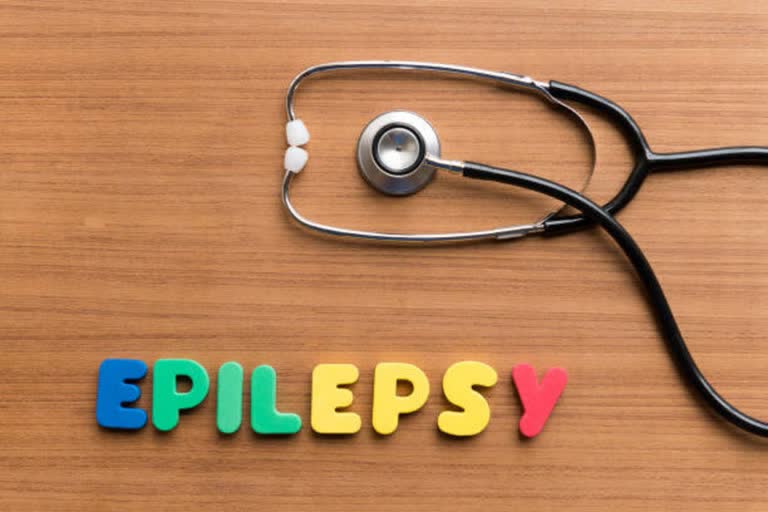Minneapolis [US]: According to a recent study, those who have epilepsy have a higher risk of dying young. The increased risk differs depending on the person's location, the number of medications they take, and any additional illnesses they may have. The study was published in the online issue of Neurology, the medical journal of the American Academy of Neurology.
"Our research found an increased risk even among those who do not have other health problems and are taking only one medication to control their seizures," said study author Seo-Young Lee, MD, PhD, of Kangwon National University in Chuncheon, Republic of Korea. For the study, researchers used a national health database to identify 138,998 people who were newly treated for epilepsy. Then they examined the national death register and found of all study participants, 20,095 died during the 10-year study period. Participants had an average age of 49 at the start of the study.
Researchers documented causes of death for participants. They also documented factors such as age, sex, where a person lived and the number of medications they had been prescribed. They then calculated the overall mortality rates for study participants. Mortality rate is a measure of the number of deaths in a specific population. Mortality rates for study participants were compared to the mortality rates for the general population.
Among study participants, there were nearly 660,000 person-years, which represent both the number of people in the study and the amount of time each person spends in the study. For that number of person years, there were 20,095 deaths in study participants compared to an expected 8,929 deaths among the general population. Using person-years to calculate risk, researchers found that people with epilepsy had more than twice the risk of death compared to the overall population. The increased risk was even higher in younger people in the study.
Also read:Gaming apps can help detect effects of traumatic brain injuries
In addition, people with epilepsy living in rural areas had a 247 per cent increased risk of death compared to the general population while those living in urban areas had a 203% increased risk. Study participants taking just one anti-seizure medication had a 156 per cent increased risk of death compared to the general population while people taking four or more anti-seizure medications had a nearly five times greater risk. People with epilepsy who had no other diseases or health concerns had a 161% increased risk of death compared to the general population. However, people with epilepsy who had been hospitalized never or only once had no increased risk of premature death.
Among study participants who died, 19 per cent died of cerebrovascular disease, which was a 4.5 times greater risk of death than the general population, 16 per cent died of cancers outside of the central nervous system, a 137 per cent greater risk and 7 per cent died of cancers of the central nervous system, a 46 times greater risk. Lee notes that such cancers and cerebrovascular disease are mostly presumed to be underlying causes of epilepsy.
In addition, 6 per cent died of pneumonia, 7 per cent died of external causes such as falls, accidents and drowning and 2 per cent died of suicide, all of which were a two times greater risk. Epilepsy and status epilepticus accounted for 2 per cent of overall deaths. "Our study demonstrated a wide range of mortality risks in people with epilepsy, depending on age, disease duration, disease severity and other health conditions," said Lee.
"We also identified disparities for people living in rural areas and urge public health efforts to improve accessibility to care. Active control of seizures, education about injury prevention, monitoring for suicidal thoughts and efforts to improve accessibility to epilepsy care all contribute to reducing mortality." (ANI)
